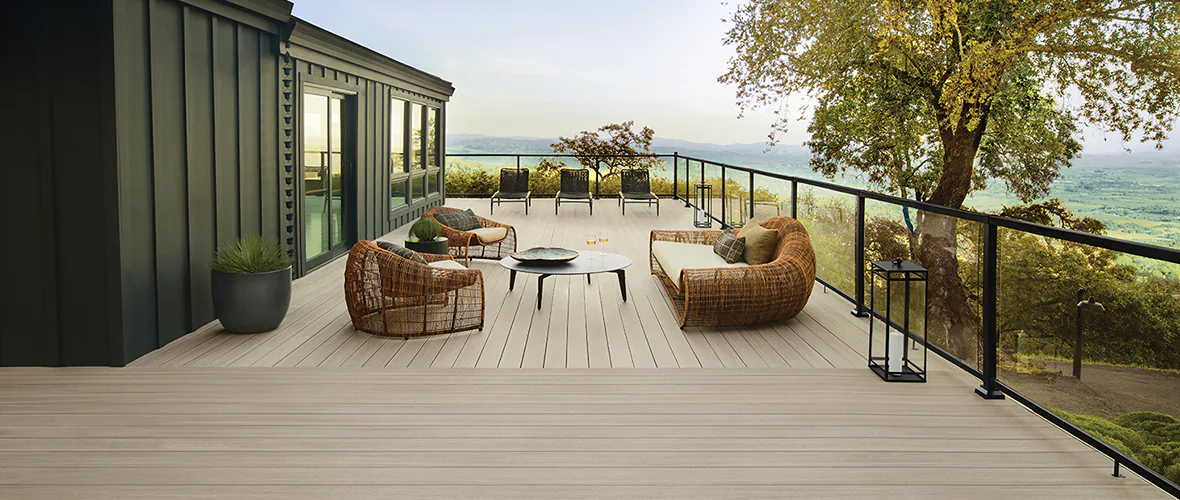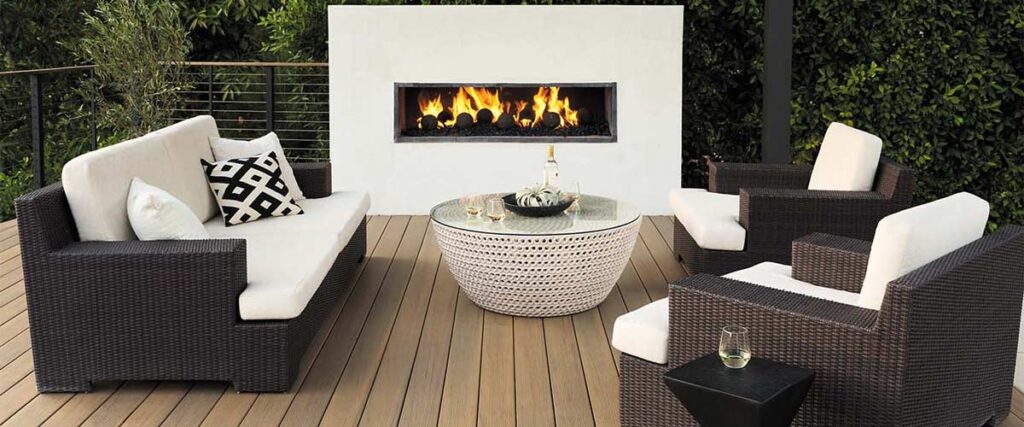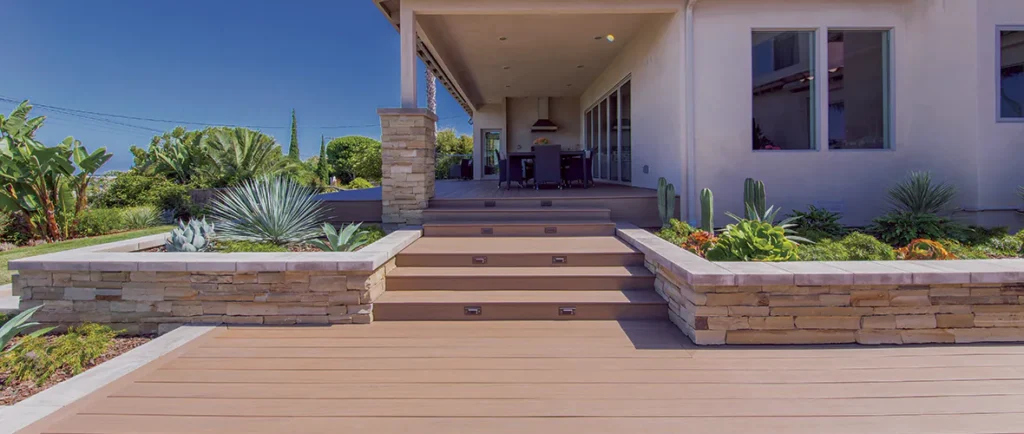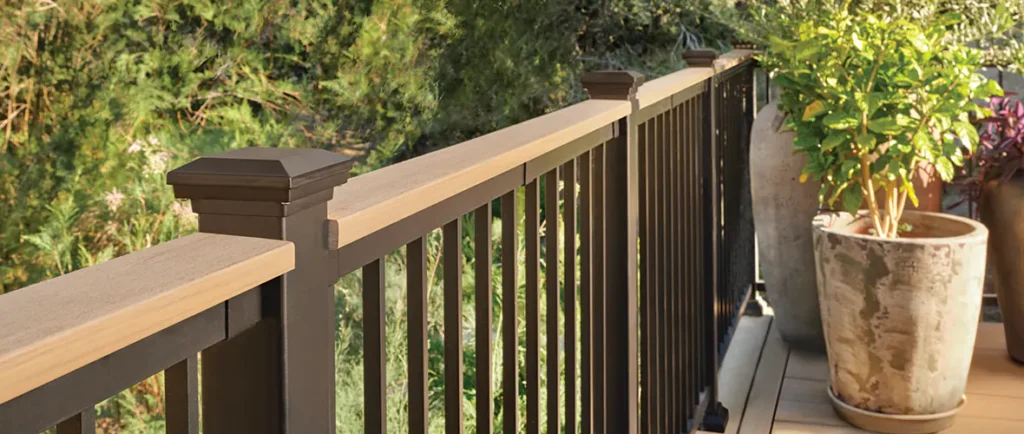Wildfires are an unpredictable force of nature, threatening homes and communities across the country. However, protecting your home from wildfires starts long before a blaze gets close. By understanding and improving your home’s ignition zones, you can reduce the risk and create defensible areas that give firefighters a greater chance of saving your home. This guide will take you through what these zones are, how to prepare them, and why these steps are critical for home hardening.
What are home ignition zones?
Home ignition zones are the areas around your home that are most vulnerable during a wildfire. Experts have divided them into three distinct zones, each requiring different preventative actions to reduce fire risk.
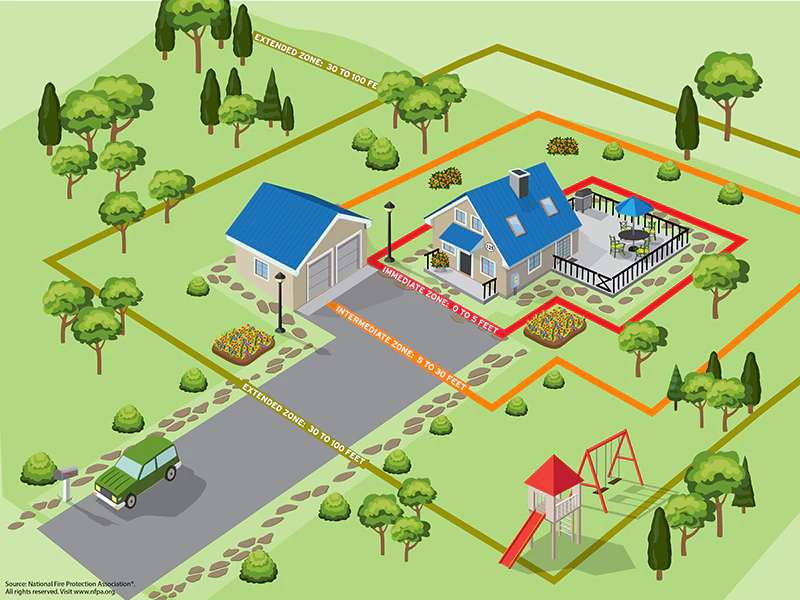
Zone 1 – Immediate Zone (0-5 feet around your home)
This is the area closest to your home, and it’s your first line of defense against flames or drifting embers. The goal here is to prevent fire from igniting your structure.
What you can do:
- Remove all flammable materials, like dry leaves, mulch, and firewood, from this zone. Opt for hardscaping materials like rocks or gravel instead.
- Keep up with regular maintenance like cleaning your roof and gutters to avoid debris buildup that could ignite from wind blown embers.
- Install fire-resistant materials, such as metal mesh screens on vents, and consider upgrading to non-combustible siding and roofing materials. One of the areas you can use to help prevent fire spread between your home and a wildfire is your deck — if it’s made with fire-resistant building materials like TimberTech Aluminum Framing, Metal Railing, and Advanced PVC Decking from the Vintage and Landmark Collections®. Together, they are a great choice for a fire-resistant deck solution for your outdoor space.
Zone 2 – Intermediate Zone (5-30 feet around your home)
This space works to slow a wildfire’s progress and reduce the heat intensity if flames reach it. The focus here is on smart landscaping.
What you can do:
- Create breaks in vegetation by spacing trees and shrubs apart, pruning branches, and keeping vegetation well-watered and trimmed.
- Use fire-resistant plants, and avoid combustible landscaping materials like bark or pine needles.
- Remove “ladder fuels” that allow fire to climb from the ground to tree canopies — trimming low tree branches, clearing underbrush, and maintaining 10 feet of space between tree canopies.
Zone 3 – Extended Zone (30-100 feet and beyond)
This zone is your buffer, designed to further decrease the wildfire’s momentum and intensity before it approaches Zones 2 and 1.
What you can do:
- Regularly clear dead vegetation, like fallen branches, leaves, and dry grasses from your surrounding property.
- Thin out dense woodlands to prevent fire from spreading rapidly through treetops.
- Manage larger trees by keeping them healthy, well-spaced, and free of dead limbs.
Combining home hardening with prepared zones
Focusing on how to harden your home goes hand-in-hand with maintaining safe home ignition zones. Hardening your home with fire-resistant building materials, like TimberTech Advanced PVC Decking and Railing, tempered glass windows, fire-resistant roofing materials, and sealed eaves, creates fewer opportunities for fire to take hold. Together, these measures help improve your home’s ability to withstand a wildfire.
Stay Prepared and Stay Protected
Wildfires can move fast, but with preparation, you can help reduce your home’s vulnerability. Taking steps in each zone gives you a comprehensive defense system that acts as both a barrier and buffer to flames. For additional guidance on how to protect your home from wildfires, visit the National Fire Protection Association (NFPA). Their resources provide even more expert tips on home hardening and anti-wildfire strategies.
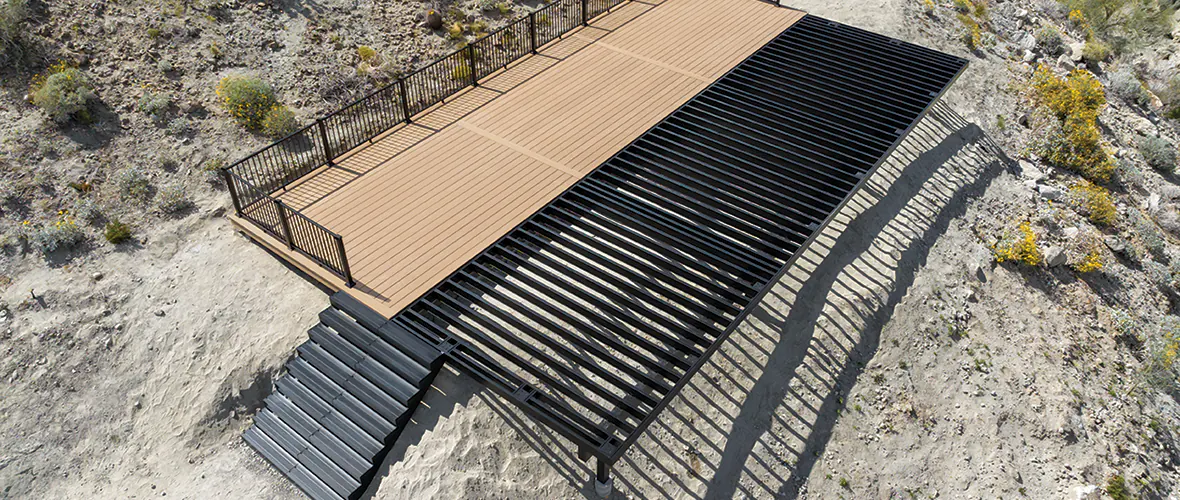
Remember, preparation today could make all the difference tomorrow. By focusing on your home’s ignition zones and integrating fire-resistant materials — like TimberTech’s Advanced PVC Decking, Metal Railing, and Aluminum Framing — you’re not just investing in your home’s safety; you’re protecting your family, your memories, and your peace of mind.
